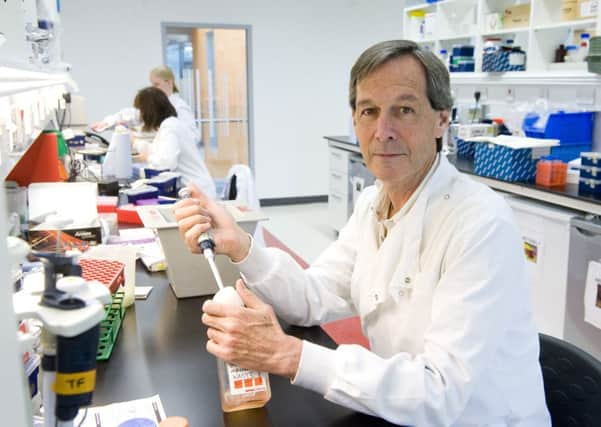Edinburgh Uni in human genome project find


The FANTOM5 project set out to discover how the genome - which contains genetic instructions for the body on which cell types to create - stores and transmits its information.
The Edinburgh researchers played a key role in finding the location of the ‘promoters’ and ‘enhancers’ within the genome.
Advertisement
Hide AdAdvertisement
Hide AdProfessor David Hume, of the University’s Roslin Institute: “The FANTOM5 project is a tremendous achievement. To use the analogy of an aeroplane, we have made a leap in understanding the function of all of the parts. And we have gone well beyond that, to understanding how they are connected and control the structures that enable flight.”
The three year project, led by the RIKEN Center for Life Science Technologies in Japan, has involved more than 250 scientists in more than 20 countries and regions.